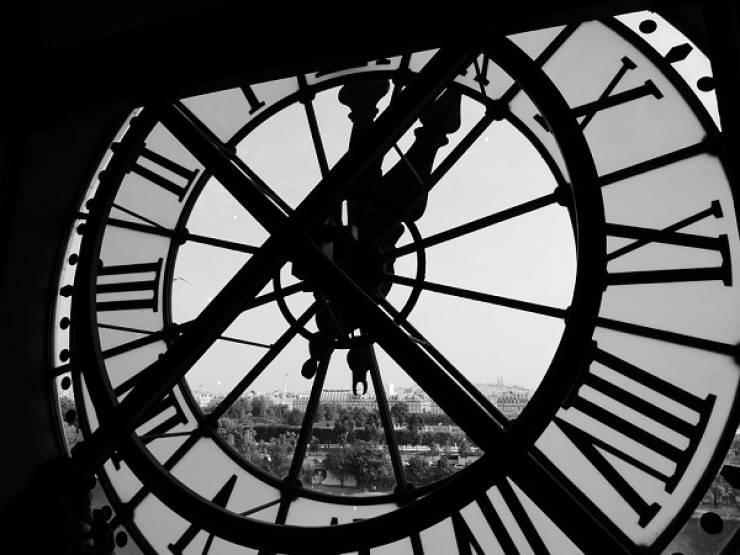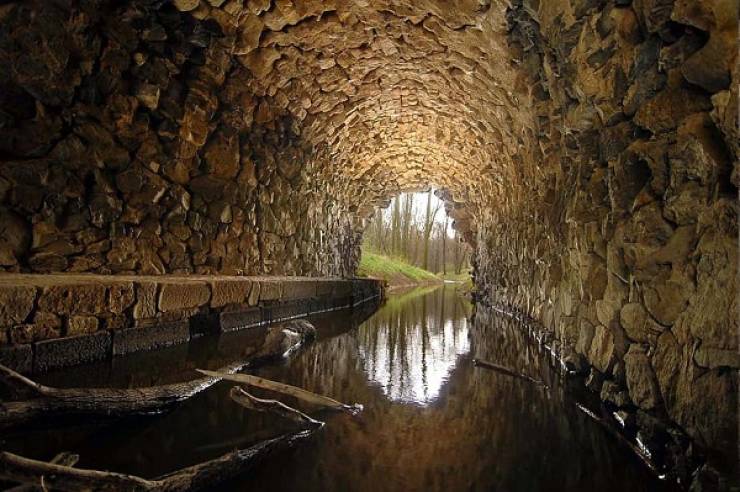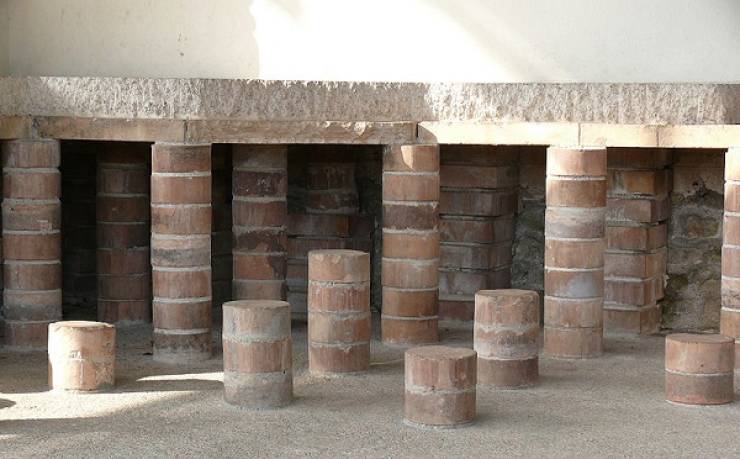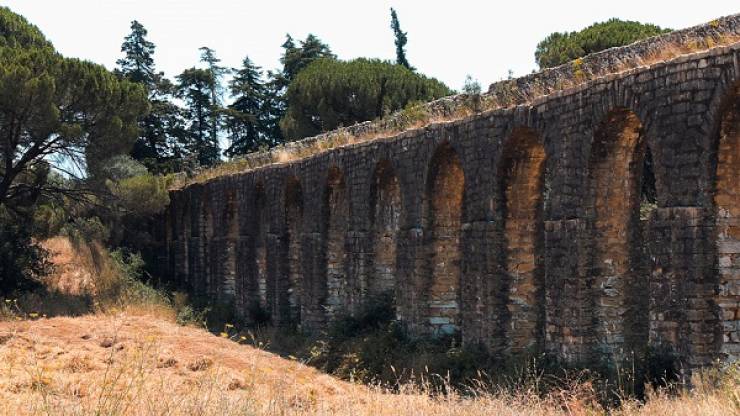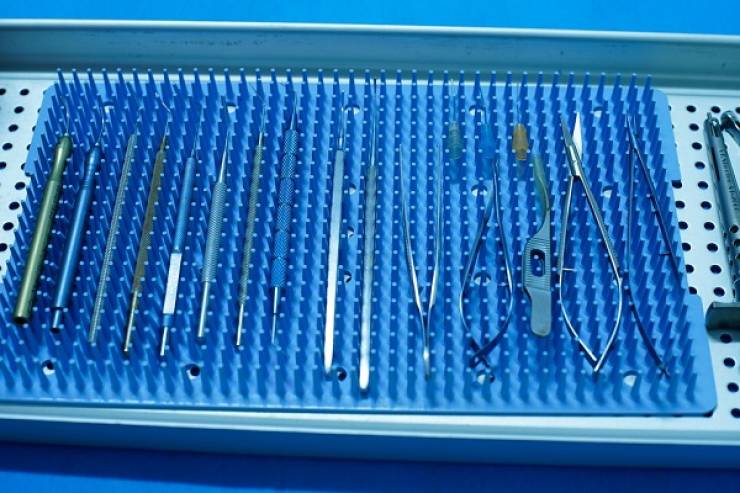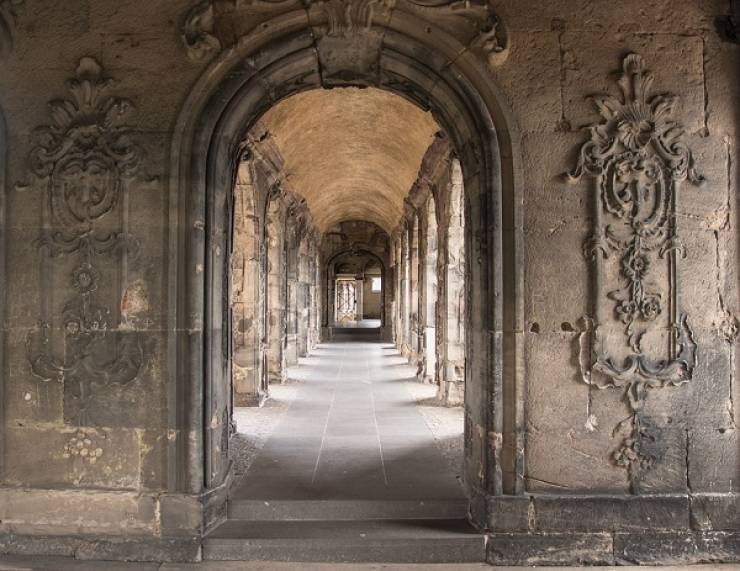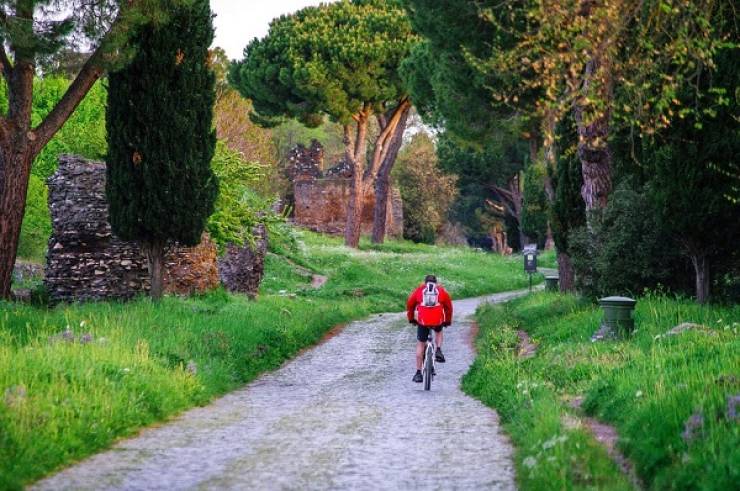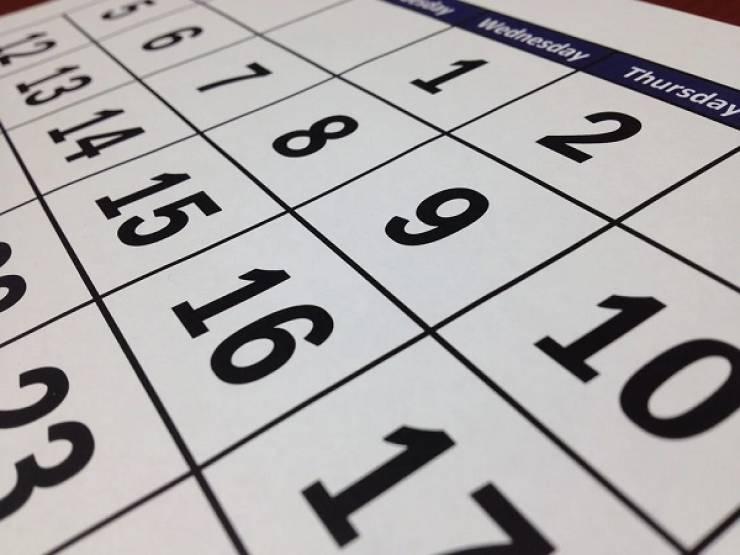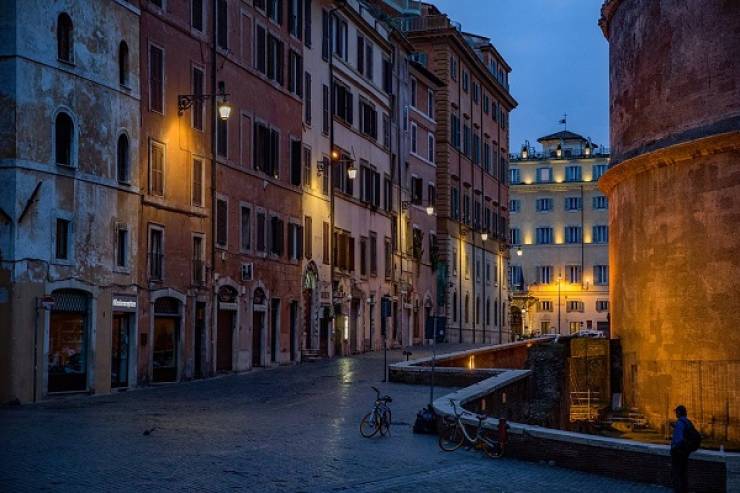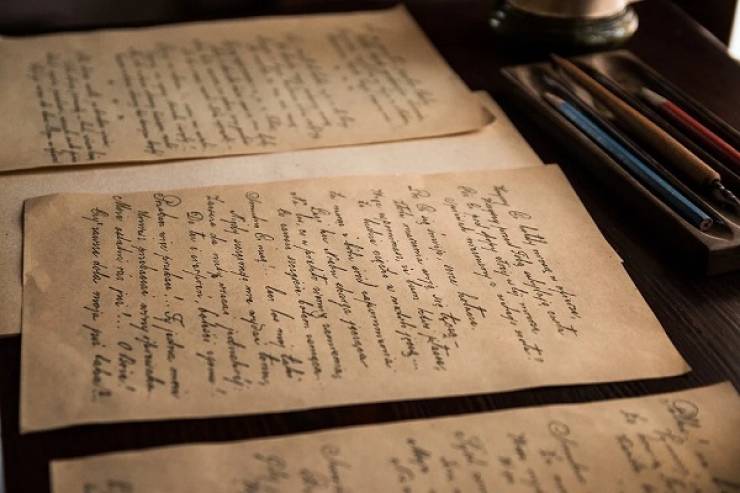Roman Numerals
I don’t think anyone ever assumed that Roman numerals came from anywhere else. The numbers in the Roman Numeral system are represented by combinations of letters from the Latin alphabet. While Arabic numerals essentially took over in the 14th century (thanks to the use of zero, which helps immensely for mathematical equations) Roman Numerals are still seen all over the world today. That is VERY impressive.
Morning News
The Ancient Romans didn’t invent the modern-day newspaper per se, but they did have an early form of it called Acta Diurna. These early newspapers consisted of daily news inscribed on slabs of stone, papyrus, and even metal that were then placed in public squares for the people to read. Much like today, the local news consisted of birth announcements, human interests, and other stories relating to the town or village.
Modern Plumbing and Sanitary Management
One thing that people often overlook when they imagine life in the past is just how smelly it was. Streets were covered in piss and shit, and people didn’t use deodorant. However, this wasn’t a huge issue in Ancient Rome. Why? Because they had created excellent sewage systems that kept the streets clear of human waste via drainage pipes that were regularly flushed. They also had covered gutter systems that helped keep everything as clean as possible.
The Architectural Arch
The Romans are responsible for what is known as ‘The Architectural Arch’. This genius creation allowed them to build bridges huge buildings, and more adequate aqueducts. The arches they used created a downward pressure that went outwards as well, allowing for heavy structures to be supported with ease. The Roman arch was a huge breakthrough architecturally and it wasn’t long before it became a foundational part of Western Architecture.
The Hypocaust System
Are you one of the lucky people who has heated floors in their bathroom? Well, the Romans kind of invented that. Only it wasn’t just the bathroom, they had it all over the place. The Hypocaust System allowed for heat to be distributed around the entirety of the house through an underground fire. They even built flumes into the walls that allowed the heat to rise to higher floors and escape through the roof.
Aqueducts
Earlier civilizations utilized aqueducts to bring fresh water into their towns, but the Romans perfected the system. Using early engineering, the Romans were able to bring in fresh water to public baths, fountains, farms, and more, all without external energy, just gravity. This was incredibly impressive considering it was utilized as early as 312 B.C.
Surgical Tools
The Romans were among the first people to develop precision surgical tools. They utilized things such as scalpels, forceps, syringes, and even bone saws. Their design for a vaginal speculum did not change significantly until the 19th and 20th centuries. They even used these tools to train medics that they would bring to battle with them.
Concrete
The Romans were the first ancient civilization to utilize concrete in order to create massive cities and towns. Nearly every ancient roman building that still exists to this day is supported by a mixture of volcanic ash, lime, and seawater. The fact that they’ve managed to stick around for so long is mind-blowing.
Impressive Roads
An impressive combination of dirt and gravel with bricks made from hardened volcanic lava or granite made for excellent roads that not only still exist, but are walked on every day by the people of Rome. These roads (which were nearly perfectly straight) also had slight banking to them to ensure that water doesn’t pool after rainfall. The ancient Romans built over 50,000 miles of roads, all equipped with directions and stone marks. Amazing.
Bound Books
Before Julius Caesar commissioned the very first bound book, all texts were either written on scrolls or slabs of stone. These first books were called Codexes and were comprised of papyrus bound together. Without this invention, MUCH of history would have been lost.
The Julian Calendar
In 46 B.C., Julius Caesar introduced a new form of calendar system consisting of 12 months and used a cycle of three years of 365 days. He also moved the ‘new year’ from March to January. This calendar was in use until 1582 when the Gregorian calendar was introduced.
Apartment Islands
Rome was very overpopulated. In order to deal with this efficiently, they developed something known as “insulae” or “Islands” that efficiently housed a ton of people. They were called islands because they occupied entire blocks with streets flowing around them like water. By the fourth century A.D., there was around 45,000 insulae in Rome.
The Postal System
Emperor Augustus established something known as the cursus publicus circa 20 B.C. It was a postal system that allowed messages to be sent between provinces and cities by a horse cart called rhedæ. These messages travelled at around 50 Miles a day thanks to horses and well-built roads.
The Corvus and Harpax
It’s no secret that the Romans had an incredible army. But they were also pretty powerful at sea. They invented The Corvus and Harpax, which were both methods of allowing soldiers to quickly get from their own boat to an enemy boat in minutes.

